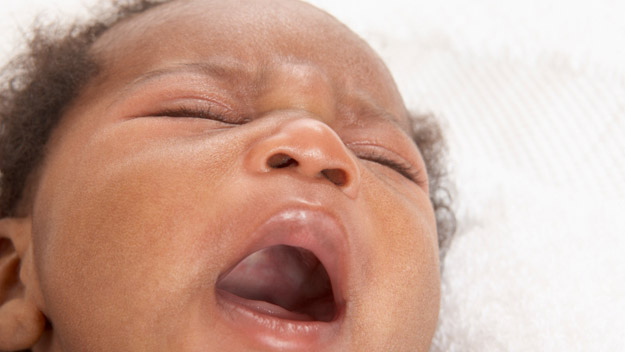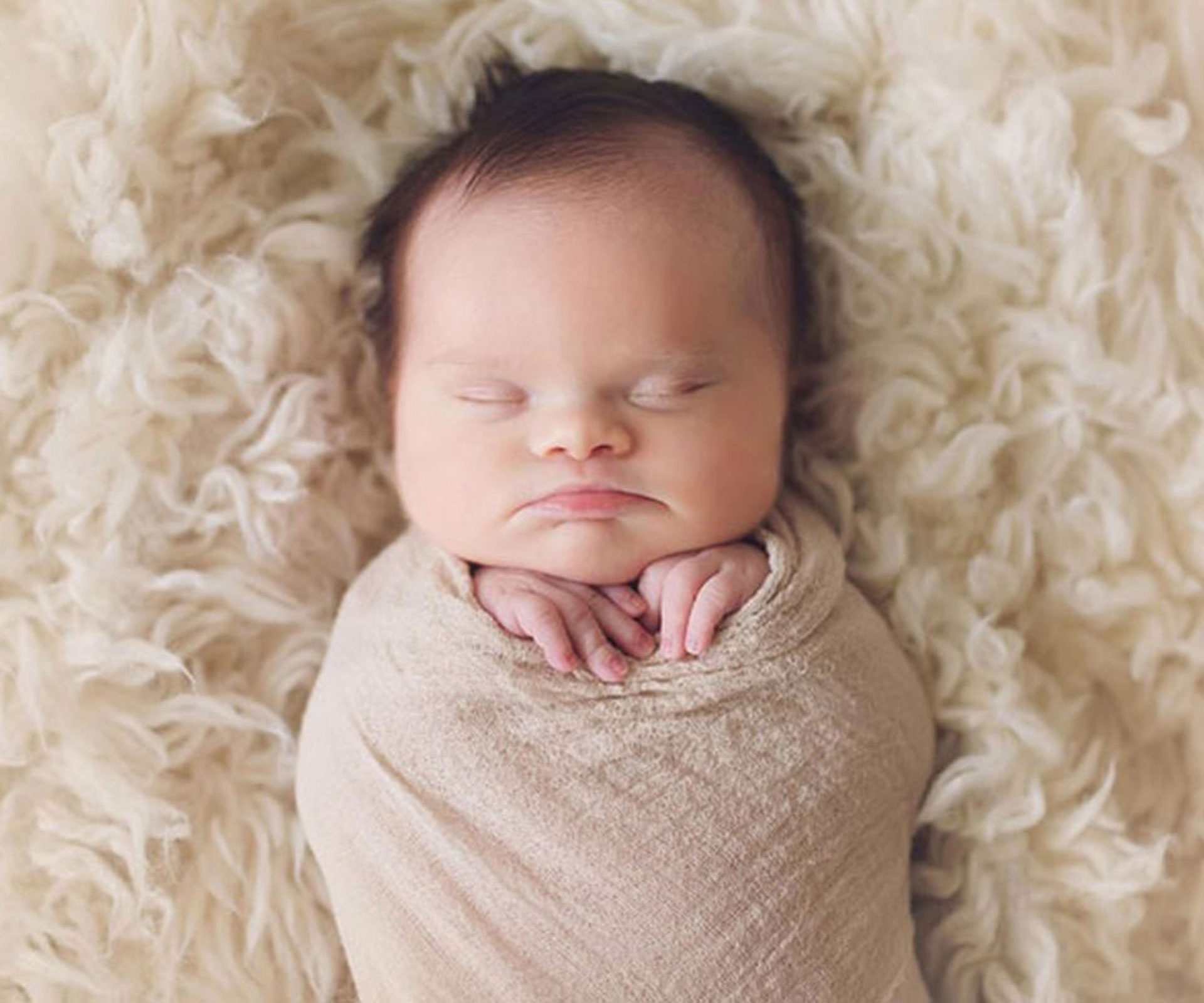Recognise her cry
Your baby cries for lots of reasons, but a pain cry differs from others in several ways. A pain cry is often high-pitched, urgent and continuous. It is also likely to be loud. If you have eliminated other causes of discomfort such as being hungry, wet and tired, your baby could be in pain.
Physical signs to look for
As well as her cry, watch her body language for physical signs of pain. The main three facial signs are:
Squeezing her eyes together, making a bulge of flesh between the eyebrows.
Squeezing her eyes shut.
Pulling her mouth very taut, horizontally and vertically, making a boxy shape, with deep creases running down from his nostril edges to his mouth.
Other signs are:
All babies
Tense body
Thrashing limbs
Sleeplessness
Refusing to feed or suck
Cannot be consoled
Looks ‘different’
Newborn babies
Quick, sharp movements
Stiff arms and legs
Legs pulled up towards stomach
Toes and fingers curled – thumb may be held inside fist
Jitteriness
Older babies
Touches sore area or withdraws it if you touch it
Grimacing
What could be causing her pain?
Symptoms vary from baby to baby, but your baby could be in pain because she’s suffering from:
Colic – Arching her back, shooting her legs out in front of her, drawing her knees into her chest, particularly in the evening.
Constipation – Strains, cries, and goes red in the face when passing a motion.
Earache – Clutching at her ear, possibly a fever, loose stools, vomiting, generally out of sorts.
Nappy rash – Anything from mild redness around the nappy area to severe inflammation, with sores and shiny, broken skin.
Teething – Red gums, inflamed cheeks, dribbling, fingers in mouth, irritability.
Urinary Tract Infection – Feverish, cries when wets her nappy due to discomfort, frequent wetting, refusal to feed.
Vaccination pain – After a vaccination such as MMR, your child may suffer a temperature and possibly rash within the following week. About one in a 1000 children suffer febrile convulsions (fits), while one in one million may suffer encephalitis.
Wind – Crying and wriggling during and after feeding.
If you have a query about your baby’s symptoms see your GP or baby health nurse.
When to get help?
If your baby also has the following signs, you should call your GP immediately for advice:
fever and/or rash
hasn’t passed urine for more than four hours
does not want to move or be moved
has blood in his motions or urine
is vomiting or has diarrhoea for more than 12 hours
is floppy and listless
has a bulging or sunken fontanelle (the soft spot on the top of your baby’s head)

